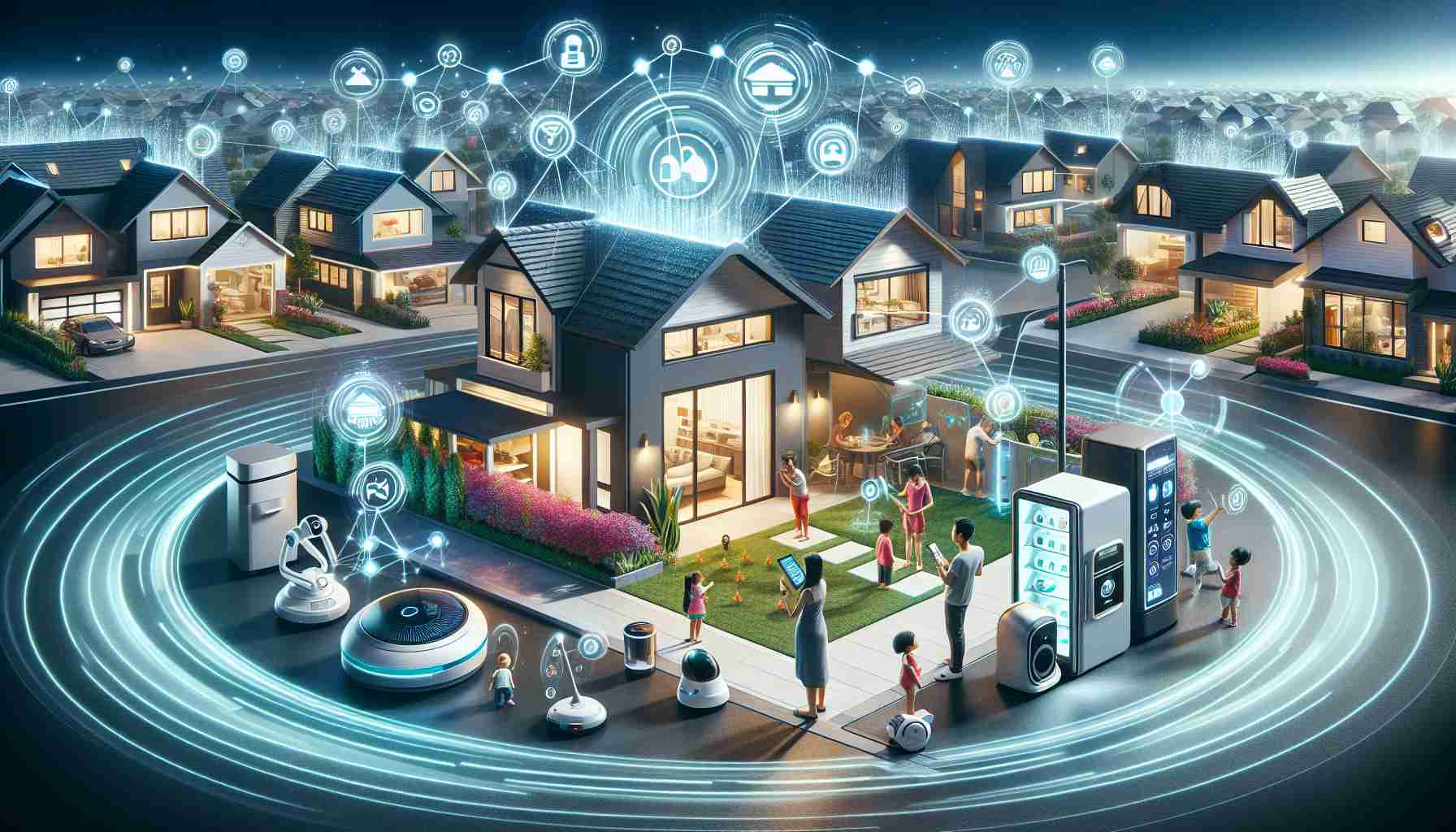The advancement of technology has revolutionized many aspects of our daily lives, and one significant change can be observed in the way our homes function. Smart homes have emerged as a revolutionary concept, integrating various devices and appliances with cutting-edge technology to enhance our comfort, convenience, and security.
Smart home technology utilizes the Internet of Things (IoT) to connect and control devices remotely, creating a seamless and interconnected network within our homes. From voice-controlled assistants like Amazon Alexa and Google Home to automated lighting systems and security cameras, these innovative technologies are transforming ordinary houses into intelligent living spaces.
Gone are the days of manually adjusting thermostats or fumbling for light switches. Smart thermostats can learn our preferences, automatically adjusting the temperature to create the perfect environment. Lighting systems can be programmed to adapt to our routines, turning on and off as we move through different rooms. And with the integration of motion detectors, homes can sense when we enter or leave a room, dimming lights accordingly.
The convenience and efficiency of smart home technology extend beyond mere comfort. Connected appliances such as refrigerators, ovens, and washing machines can be controlled remotely, providing real-time updates on usage, energy consumption, and even suggesting recipes based on the ingredients available. This level of integration not only streamlines our daily tasks but also contributes to a more sustainable lifestyle.
Furthermore, smart home security systems have become instrumental in ensuring the safety of our homes and loved ones. High-definition cameras, doorbell cameras, and smart locks allow us to monitor and control access to our homes from anywhere in the world. Mobile notifications provide real-time alerts, making it easier than ever to keep an eye on our property and respond quickly to any potential threats.
The rise of smart homes has transformed the way we live, making our lives more comfortable, convenient, and secure. With continued advancements and increased accessibility of these technologies, we can expect even greater integration and innovation, leading to further improvements in our everyday lives. So, while we embrace the power of technology, let us also appreciate the endless possibilities and convenience that smart homes bring to our modern world.
FAQ Section:
1. What is a smart home?
A smart home refers to a house that incorporates various devices and appliances connected through the Internet of Things (IoT) to enhance comfort, convenience, and security.
2. How does smart home technology work?
Smart home technology utilizes the IoT to connect and control devices remotely, creating a seamless and interconnected network within the house. This allows users to command and monitor different aspects of their homes through voice-controlled assistants or mobile applications.
3. What are some examples of smart home devices?
Some examples of smart home devices include voice-controlled assistants like Amazon Alexa and Google Home, automated lighting systems, smart thermostats, connected appliances such as refrigerators and washing machines, and security cameras with features like doorbell cameras and smart locks.
4. How do smart thermostats and lighting systems enhance comfort?
Smart thermostats can learn user preferences and automatically adjust the temperature, creating the ideal indoor environment. Lighting systems can be programmed to adapt to routines, turning on and off as users move through different rooms. Motion detectors also allow homes to sense occupancy and dim lights accordingly.
5. What are the benefits of smart home technology?
Smart home technology offers convenience by automating tasks such as adjusting temperatures, turning on lights, and controlling appliances remotely. Additionally, it provides real-time updates on energy consumption, enhances security through features like smart locks and cameras, and contributes to a more sustainable lifestyle.
6. How do smart home security systems work?
Smart home security systems employ high-definition cameras, doorbell cameras, and smart locks to monitor and control access to homes. Users can receive mobile notifications for real-time alerts and have the ability to monitor their property from anywhere in the world.
7. What can we expect in the future of smart homes?
With continued advancements and increased accessibility, we can expect further integration and innovation in smart home technology. This will lead to even greater improvements in comfort, convenience, and security in our everyday lives.
Definitions:
– Internet of Things (IoT): It refers to the network of physical devices, vehicles, appliances, and other objects embedded with software, sensors, and network connectivity that enables them to connect and exchange data.
– Smart home technology: It encompasses a range of devices and appliances that are connected via the IoT and can be controlled remotely to enhance comfort, convenience, and security in homes.
Related Links:
– Amazon Smart Home Devices
– Google Connected Home Devices
